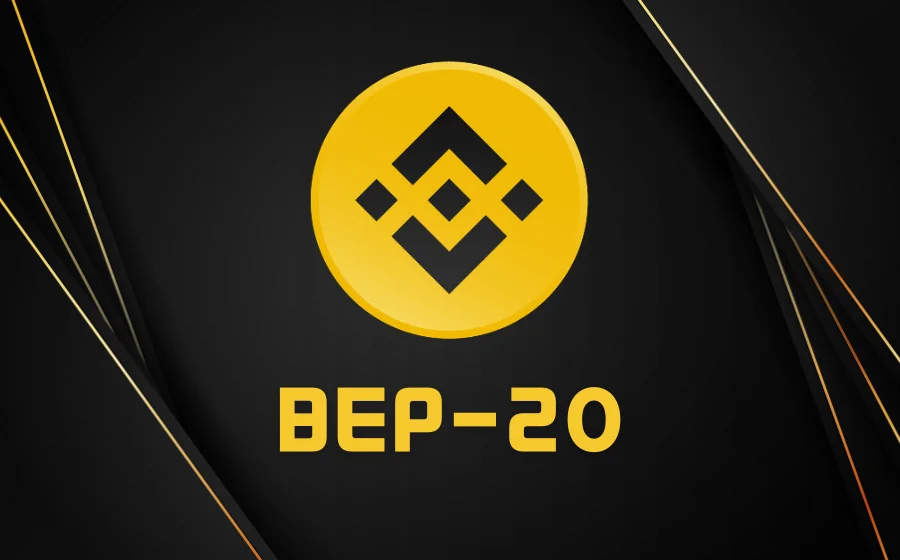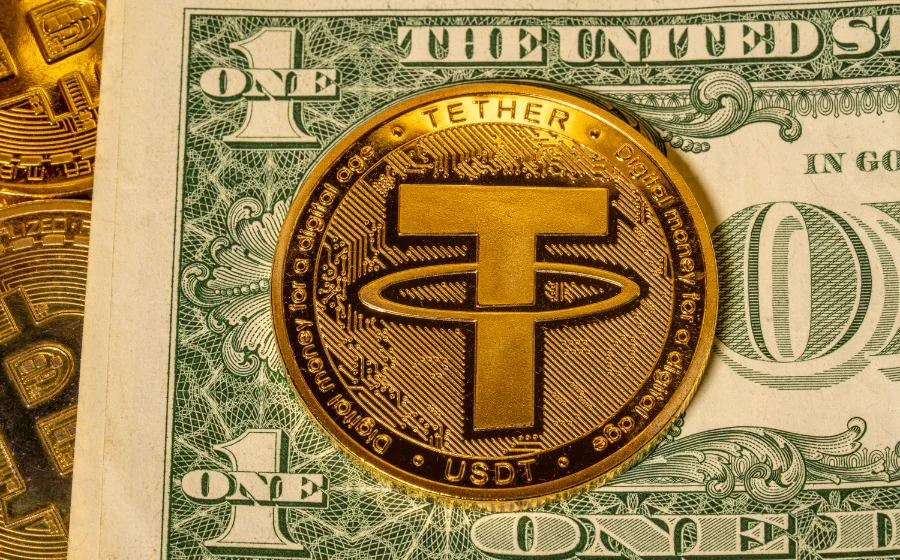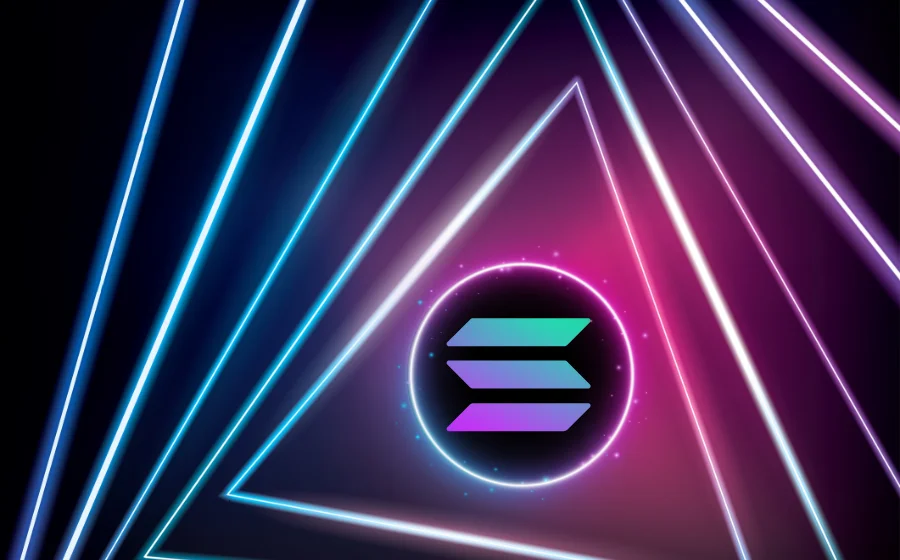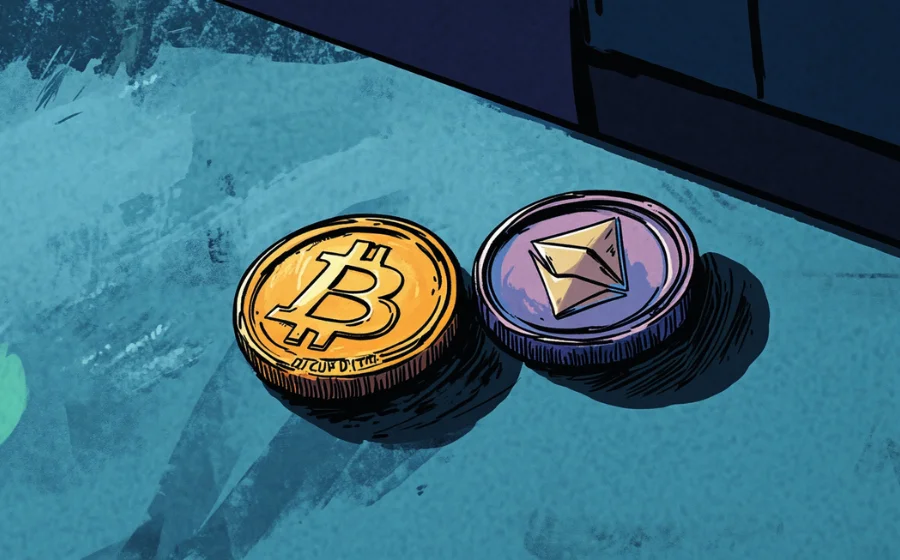
KEYTAKEAWAYS
- BEP-20 simplifies token creation on BSC, offering lower costs, faster transactions, and high compatibility with Ethereum’s ERC-20 standard.
- Through the Binance Bridge, BEP-20 and ERC-20 tokens achieve seamless interoperability with no conversion fees, supporting flexible cross-chain operations.
- The four core features of BEP-20—Blacklist, Can Mint, Can Burn, and Can Pause—ensure secure, scalable, and adaptable token management for diverse blockchain projects.

CONTENT
BEP-20 is a token standard on BNB Smart Chain (BSC), offering low fees, high compatibility with Ethereum’s ERC-20, and supporting DeFi, DApps, and blockchain innovations with seamless interoperability.
In the early days of cryptocurrency, creating a new token was a complex task.
Developers often needed to build an entirely new blockchain or fork from Bitcoin, which required significant technical expertise and resources. However, with the advent of Ethereum, everything changed.
Ethereum redefined blockchain technology as a development platform and introduced the ERC-20 token standard, offering a clear and practical framework for creating new cryptocurrency tokens.
As the crypto ecosystem matured, numerous innovative projects emerged, adopting customized blockchain technologies to meet various needs.
Among these, the BNB Smart Chain (BSC) stands out as one of the most influential platforms.
BSC offers a high-performance, low-fee blockchain solution and introduces its own token standard.
In summary, BEP-20 not only lowers the barrier for token development but also fosters the growth of decentralized applications (dApps), decentralized finance (DeFi) projects, and other blockchain initiatives within the BSC ecosystem.
As BEP-20 gains popularity, more developers are choosing to launch tokens on BSC, further driving innovation and expansion in the cryptocurrency market.
>>> More to read: Understanding TRC-20 | How Does It Work
WHAT IS BEP-20?
BEP-20 is a token standard developed for the BNB Smart Chain (BSC).
It serves as the BSC equivalent of Ethereum’s ERC-20 token model, ensuring a high level of compatibility between the two standards.
📌 Advantages and Applications of BEP-20
✅ Effortless Token Creation
With the BEP-20 standard, developers can easily create new tokens on the BNB Smart Chain without extensive programming knowledge.
Unlike the past, when building a new blockchain from scratch or being limited to Ethereum standards was necessary, BEP-20 dramatically lowers the technical barriers, making token creation more efficient and cost-effective.
✅ Lower Costs & Higher Efficiency
BEP-20 reduces development complexity, allowing creators to focus on innovation without worrying about technical infrastructure.
📌 BEP-20 in DeFi and Tokenization
Many developers have used BEP-20 to launch utility tokens and various projects within the BSC ecosystem.
These tokens are fully compatible with BSC’s smart contract technology and play a significant role in the expanding decentralized finance (DeFi) sector.
Additionally, BEP-20 tokens are essential for tokenization, a process that integrates traditional financial assets into the blockchain.
This enhances liquidity and accessibility, positioning BEP-20 tokens as key digital assets that bridge traditional finance and the digital economy.
📌 The Relationship Between BEP-20 and BNB
All transactions involving BEP-20 tokens require BNB, the native token of the BNB Beacon Chain, to cover transaction fees.
BNB acts as the primary medium for payments and network interactions within the BSC ecosystem.
BEP-20 offers a flexible and efficient token standard that lowers development barriers and supports the growth of the BSC ecosystem.
Its compatibility with smart contracts and role in tokenization make it a critical component in connecting traditional finance with digital assets, contributing to the ongoing evolution of the cryptocurrency market.
>>> More to read: Understanding ERC-20 | A Guide to ERC-20 Tokens
BSC BLOCKCHAIN & BEP-20
BSC, short for BNB Smart Chain, is Binance’s second blockchain, launched in September 2020.
At that time, decentralized finance (DeFi) had entered the mainstream, with services such as staking, decentralized lending, and other DeFi solutions gaining popularity.
However, these services had not yet captured widespread attention within the broader crypto industry.
To capitalize on this growing interest, Binance launched BSC as its development platform, aiming to attract users, talent, and projects.
This strategy has proven successful. BSC allows users to create smart contracts, opening doors to a variety of applications, including decentralized applications (DApps), DeFi, and the metaverse.
Today, many consider BSC the strongest competitor to Ethereum, largely because the BEP-20 token standard it supports is viewed as a rival to Ethereum’s ERC-20 standard.
>>> More to read: What is Binance Smart Chain(BSC)?
📌 4 Key Features of the BEP-20 Token Standard
The BEP-20 token standard includes several parameters that contribute to its performance and flexibility. Here are the four core features of BEP-20:
- Blacklist
This feature allows malicious addresses to be blacklisted or restricted from interacting with the token. It plays a crucial role in maintaining the security of the ecosystem by preventing potential threats.
- Can Mint
The Can Mint feature serves as an inflationary mechanism, allowing the creation of additional tokens under specific conditions.
This increases the total supply of BEP-20 tokens, making it ideal for projects that require flexible supply management.
- Can Burn
The Can Burn feature complements Can Mint by acting as a deflationary tool. It allows tokens to be permanently removed from circulation, reducing the total supply.
This mechanism is often used to increase token scarcity and support price appreciation.
- Can Pause
This innovative feature allows the temporary suspension of BEP-20 token operations in the event of malicious attacks or platform failures.
While it provides an effective safeguard against unforeseen threats, its centralized nature can be controversial in the decentralized world of crypto.
>>> More to read: What is a Token Generation Event (TGE)?
BEP-20 VS. ERC-20
The BEP-20 and ERC-20 token standards share many similarities, which comes as no surprise since BEP-20 is essentially an alternative to ERC-20.
Both standards serve as frameworks or blueprints for token creation, offering identical core functionalities such as token ownership, transfer, and issuance.
📌 Key Similarities
-
Identical Core Functions:
Both BEP-20 and ERC-20 support essential features like managing token ownership, facilitating transfers, and enabling token issuance.
-
Interoperability via Binance Bridge:
With the introduction of the Binance Bridge, the two blockchains established direct interoperability. However, transferring ERC-20 tokens to BSC requires converting them into the BEP-20 format. Once converted, these tokens can seamlessly operate on the Binance Chain or within DApps running on BSC.
-
No Conversion Fees:
The conversion process, known as Peg-in, allows users to move assets from one chain to another without incurring conversion fees. The process is reversible, meaning tokens can be transferred in both directions without financial penalties.
📌 Key Differences
While the two token standards are highly similar, their primary distinction lies in the blockchain networks they operate on:
- BEP-20 functions on the BNB Smart Chain (BSC), offering lower transaction fees and faster processing times.
- ERC-20 operates on the Ethereum network, which, although more established, can experience higher fees and slower transaction speeds during peak demand.
Despite these differences, the functionality of tokens created using BEP-20 and ERC-20 remains almost identical, and interoperability through the Binance Bridge blurs these distinctions further.
📌 Are BEP-20 and ERC-20 Really Competitors?
Some perceive the ecosystems of Binance and Ethereum as rivals, extending this competition to their respective token standards.
While this notion might have held some truth in the past, the rise of Web3, which emphasizes interconnectivity across the crypto industry, has shifted the focus toward collaboration rather than competition.
Compatibility is now more critical than ever. As blockchain projects strive for broader adoption and utility, ensuring seamless integration between networks like BSC and Ethereum becomes essential.
The ability of BEP-20 and ERC-20 to function together fosters a more innovative and unified development environment.
✅ Conclusion
BSC has successfully positioned itself as a key player in the blockchain space, offering a high-performance, low-cost alternative to Ethereum.
Its underlying BEP-20 token standard provides a flexible and robust framework that supports the growth of DeFi, DApps, and other blockchain-based applications.
As more projects adopt BSC and BEP-20, their roles in the cryptocurrency market will continue to expand, shaping the future of the digital economy.


















